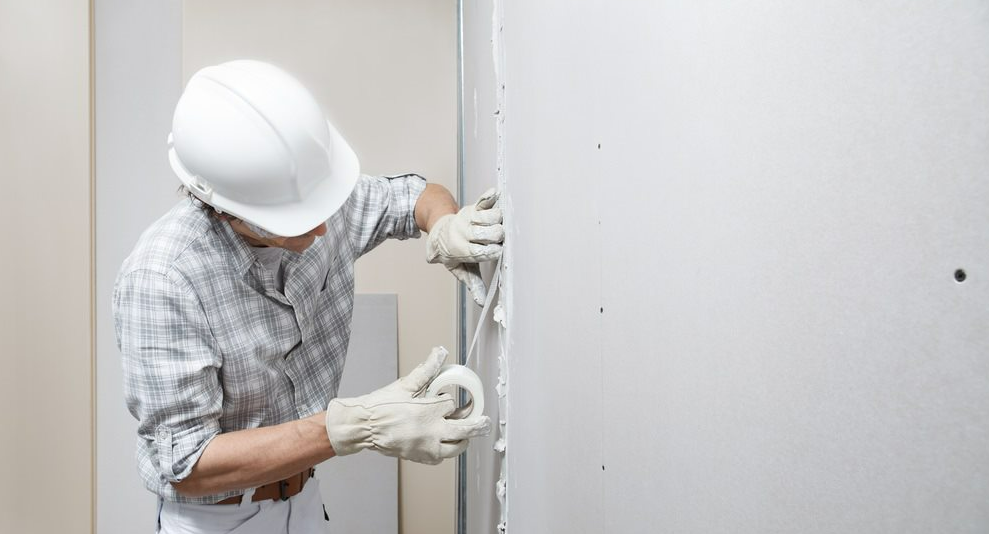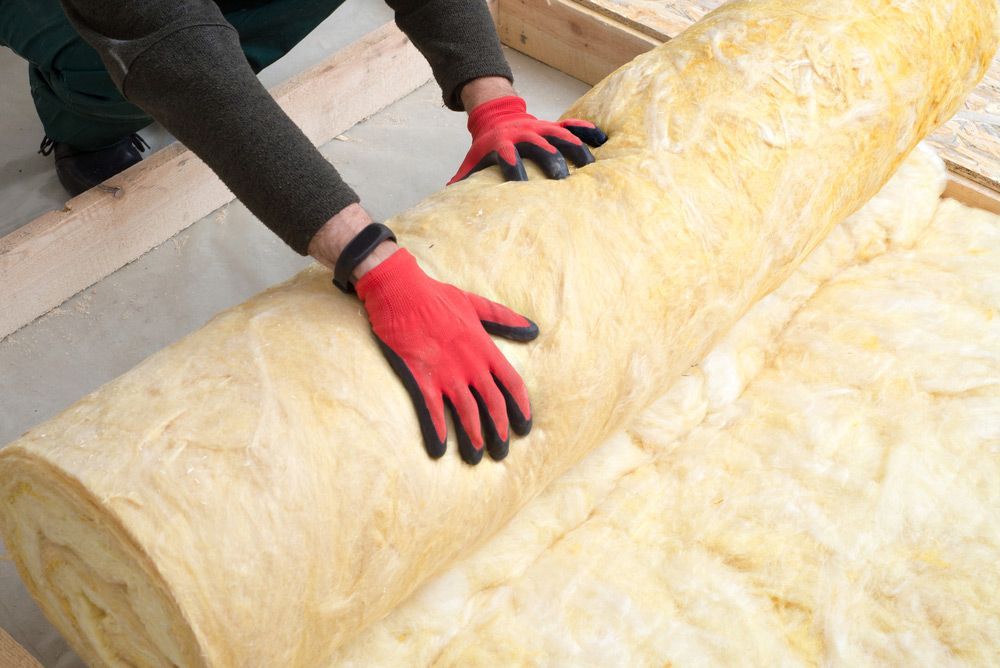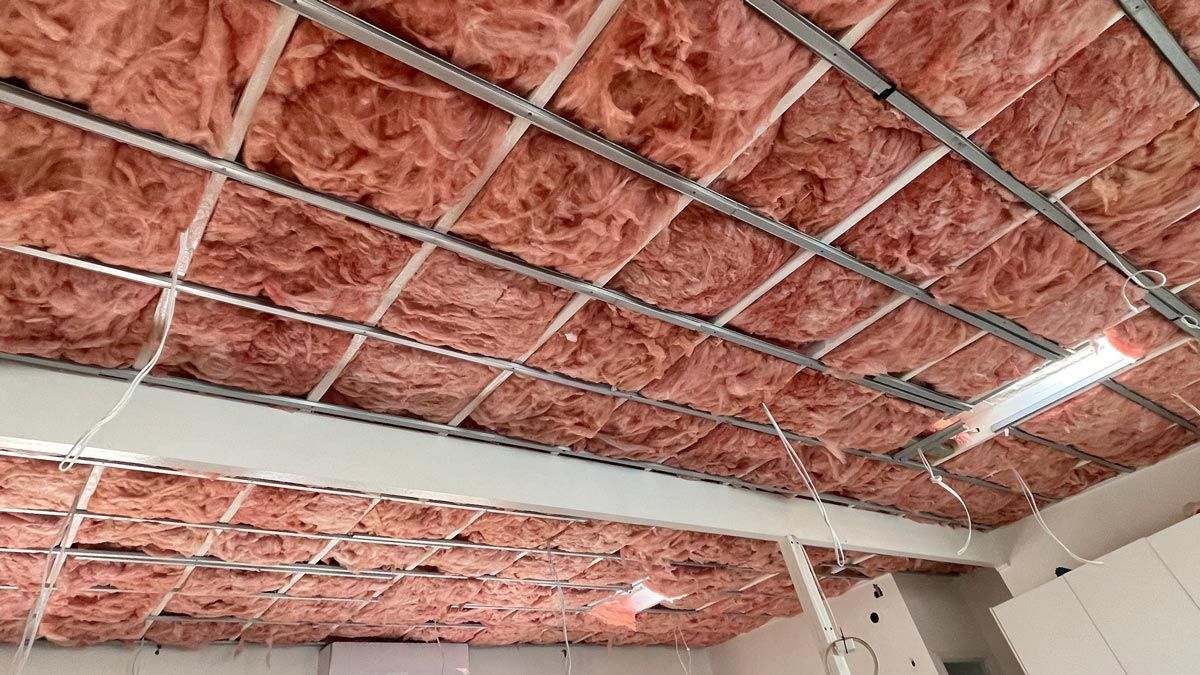Wall Insulation: The Different Types Explained
Wall
insulation is a vital part of an energy-efficient home. Insulation is usually placed in parts of the home - like the walls and roof - where air might escape, slowing down heat transfer and reducing the cost of your energy bills.
There are a few different types of wall insulation out there, and some are better for various reasons and in different parts of your home. Let’s take a look:

Blanket batts and rolls
Best for: Walls, floors and ceilings
This is the most standard form of insulation that many will find in their homes and new builds. Blanket batts and rolls are usually made from fibreglass, but others could also be made from cotton, sheep wool, mineral wool, and plastic fibres. It’s the cheapest insulation on the market and relatively DIY-friendly to install.
Spray foam insulation
Best for: Existing walls with gaps and hard-to-reach areas
This form of insulation is great for sealing leaks and gaps inside walls. Spray foam insulation works by spraying liquid polyurethane into wall cavities. Once sprayed, the foam then hardens, creating a sealed area. Perfect for providing energy efficiency.
Blown-in insulation
Best for: Insulating horizontal and irregularly shaped areas
Blown-in insulation is typically made from fibreglass, rock wool, or other reclaimed materials such as paper or cardboard. It is applied using a machine that blows the material into the desired space, providing insulation and packing the area to seal it. It’s great for unusually shaped areas that need insulating or hard-to-reach spaces.
Foam board
Best for: Walls, floors, and ceilings
Foam boards are typically made from polyurethane, polystyrene, or polyisocyanurate and work by reducing the amount of heat usually conducted through wood or other materials in the home.
Rockwool
Best for: Walls, floors, and ceilings
You might also see Rockwool referred to as mineral wool, and it is a great insulation option for wood-framed residential homes. It’s made from lava rock which manufacturers spin at high speeds to create strands of material similar to fibreglass. It’s perfect insulating against heat transfer and sounds and has the added benefit of being fire-resistant - which is what makes it such a popular choice for residential homes.
Cellulose
Best for: Roofs and horizontal spaces
Cellulose might also be referred at ‘loose fill insulation’ and is predominantly used in roof and loft spaces. It’s similar to the blow-in insulation mentioned above and is typically used for horizontal spaces. Cellulose is generally made from recycled materials, such as newspaper or denim, that are treated with a chemical spray to prevent bugs and other pests from breeding.
Eco-friendly insulation
Best for: Walls, floors, ceilings and roofs.
Some of the insulation types already mentioned, such as blanket batts and rolls, and blown-in insulation, would fall into this category already, but it’s worth mentioning a couple of others. This includes cork but also some man-made materials such as Aerogel.
Aerogel is highly sustainable because it consists of more than 90% air and is highly durable. It’s also so efficient at insulating that it creates a net positive environmental impact, despite the fact it’s man-made and non-biodegradable.
For all your construction and insulation needs,
Kev’s Fasteners & Construction Supplies is ready to assist.
Get in touch with us today.






